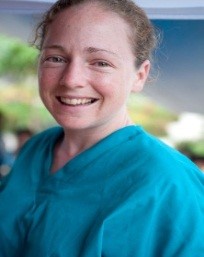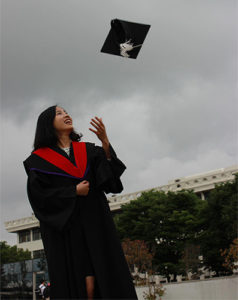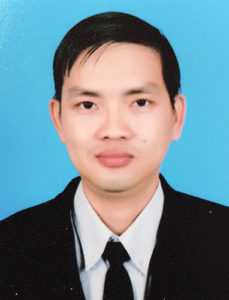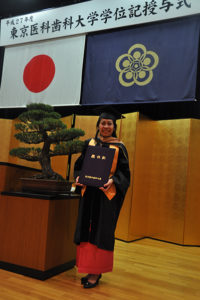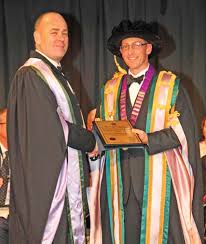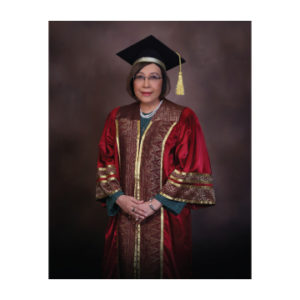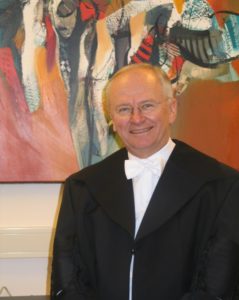Dr. SOEURN Visal
Internationally universities (and UP) gain reputation primarily by two things:
1.Quality of learning and teaching producing excellent skilled graduates who get the best jobs and the highest salaries. UP has a dedicated Learning and Teaching department, its very own Learning Platform (UPOP) and E-Learning center to improve quality teaching to international level.
2.Research Quality. UP has published more than 27 international papers in 2020 – believed to be the highest in Cambodia.
The staff and lecturers in the Faculty of Dentistry at UP have been busy publishing articles during the Covid-19 pandemic. Most prolific have been Assistant Prof Adith Venugopal, Assistant Prof Anand Marya, Prof Callum Durward, and Adjunct Assistant Prof Bethy Turton. Dr Bethy has been a lecturer, thesis supervisor and a leader of our community dentistry outreach programs for the past 5 years. She and her team (including a number of UP staff and dental students) have been undertaking important research recently on silver fluoride solutions, which are able to ARREST dental caries in the primary teeth. This research has important implications for the dental health of Cambodian children who on average have 9 decayed primary teeth at age 6. By arresting the decay, the teeth can be allowed to remain in the mouth, without causing pain or infection, and fall out naturally at the normal time. The procedure is simple and inexpensive – our UP dental students use this technique routinely for children in the schools they visit, and also in our UP Dental Clinic. Most of the field research has been led by Dr Horn Rithvitou, a UP graduate and junior lecturer, who hopes in the future to study a Masters of Dental Public Health abroad. He has been in charge of the fieldwork for several studies, including two clinical trials. The latest paper which has just been accepted for publication in the journal Clinical and Experimental Dental Research reported on a 12 month clinical trial of two silver fluoride solutions. The results are reported in the Abstract below. Caries arrest and lesion appearance using two different silver fluoride therapies on primary teeth with and without Potassium Iodide: 12-month results. Clinical and Experimental Dental Research (accepted for publication November 2020). Clinical and Experimental Dental Research. Turton, Bathsheba, Horn, Rithvitou, Durward, Callum; University of Puthisastra, Cambodia
■Background:
Globally, has been an increase in the use of silver fluoride products to arrest carious lesions and a variety of products are available.
■Aim:
To examine differences in caries arrest and lesion colour of primary tooth carious lesions.
■Design:
A four-armed, parallel-design cluster-randomised controlled trial which investigated four protocols for caries arrest at 6m and 12m. Children in Group 1 and Group 2 received Rivastar Silver Diammine Fluoride (SDF), and children in Group 3 and Group 4 received an aqueous silver fluoride solution (AgF). Children in Group 2 and Group 4 received an additional application of KI immediately after the fluoride. Differences in caries arrest and lesion appearance were examined at 6m and 12m using two level logistic regression modelling. Results: The arrest rate varied by group membership; group 1 and group 3 had higher arrest rates (77.3% and 75.3% respectively) than group 2 and group 4 (65.4% and 51.2% respectively). The use of KI was also associated with lower odds of arrest (12m OR 0.25; CI 0.19, 0.34) and higher odds of avoiding black discolouration (12m OR 6.08; 2.36, 15.67).
■Conclusions:
This study demonstrated that both AgF and SDF can effectively arrest carious lesions on primary teeth. The use of KI is associated with poorer caries control but better aesthetic outcomes.




